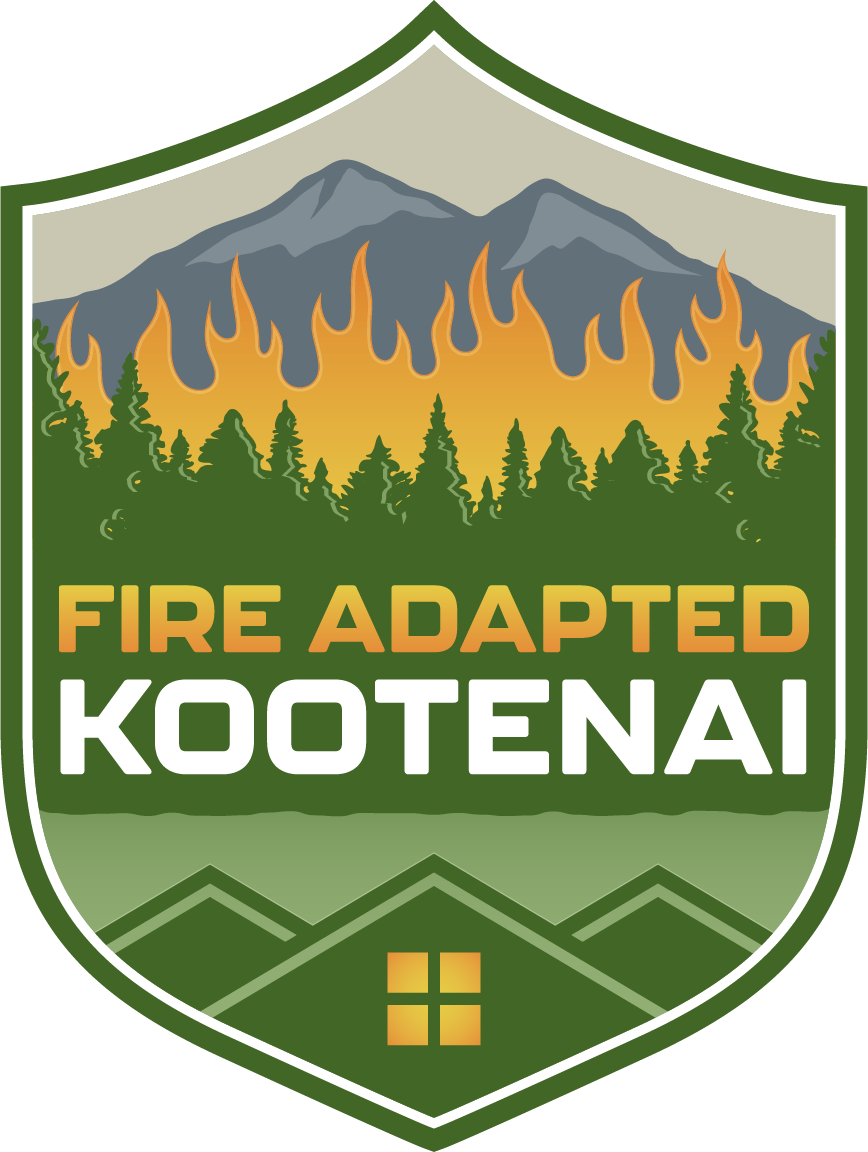
Tips For Burning
BURN ONLY NATURAL VEGETATION AND WOODY MATERIALS.
DO NOT burn during dry, windy weather when vegetation in the vicinity is dry and fire-prone. Gusty winds and changes in wind direction often accompany the passage of weather fronts. Thunderstorms may also generate strong gusts and downdrafts. Light your burn only when you have a favorable weather forecast and safe burning conditions. Check your local weather forecast at noaa.gov.
Ignition of burns may only occur during daylight hours.
Fires should be attended until completely out. Be prepared to put your fire out if it becomes difficult to manage.
Fires are not out until cold to the touch with no flame or smoke.
Enough tools, water, equipment, and people should be available to extinguish your fire if unexpected changes in fire behavior occur.
Call 911 immediately if your fire does burn out of control.
Debris burning generates smoke which may create or contribute to poor air quality. For some individuals, smoke is merely a nuisance, but for others, smoke is a dangerous pollutant triggering serious respiratory problems. The Department of Environmental Quality (DEQ) regulates smoke emissions from open burning to prevent and/or reduce air quality impacts.
Fires must be completely extinguished if any emission from the fire is detrimental to the health, safety, or welfare of any person; if it causes damage to property or business; or if it causes a nuisance to others.
Air Quality compliance is required for every burn. For burn locations located within the Libby Outdoor Burning Control Area, call 406-293-5644 for ventilation and burning forecast prior to burning. For burn locations located outside of the Libby Outdoor Burning Control Area, call 1-800-225-6779 for ventilation and burning forecast prior to burning.
Build piles with dry materials that are free of dirt, so they burn clean and fast. Do not burn wet grass, needles, leaves, or material that will smolder or produce excess smoke. Piles may be covered with plastic or waterproof paper to keep them dry. This will allow them to be burned when nearby fuels are too wet to burn and control is no longer a concern. Remember to remove the plastic before igniting the piles.
Build burn piles of manageable size and in openings clear of surrounding or overhanging vegetation, structures, and utility lines. Burn piles should not be closer than 50 feet to any structure or 10 feet from any property line.
Establish wide firebreaks around piles to be burned. Firebreaks should be free of vegetation and wide enough to contain burning embers that may fall or roll from the pile. The larger the pile to be burned, the wider the firebreak should be.
When possible, continue to re-pile debris as material is consumed. This will allow the fire to stay hot and burn out as quickly as possible.
Landing piles must be broken apart and completely extinguished before the end of the permit period.
Do not attempt to bury any burning material as fire can burn underground, sometimes for several months.
Burn barrels should not be used to burn garbage. If burn barrels are used, only burn natural vegetation and woody materials.
If you intend to burn, have in place:
A current weather forecast for your burn location
Water source such as a charged hose, buckets, pond, lake, etc.
Fire tools (long-handled shovel, rake, hoe, etc.) or equipment depending on the size of your burn
Enough help to extinguish your fire if unexpected changes in fire behavior occur.
A burn permit if burning during a timeframe or at a location where one is required. Follow the information provided under the “Seasonal Schedule”.
Air Quality compliance
Consider Alternatives to Burning:
Make a compost pile out of small organic materials
Till vegetative waste materials into the soil
Use thinning and logging debris for firewood
Haul debris to your local landfill free of charge
Chip thinning and logging debris
Lop and scatter thinning and logging debris
Machine crush or trample thinning and logging debris
Remember, you are responsible for any and all fire suppression costs if your fire escapes your control!
Montana State Statute 50-63-103. Liability for offender for damages and costs. Except as provided in 50-63-104, a person who sets or leaves a fire that spreads and damages or destroys property of any kind not belonging to the person is liable for all damages caused by the fire, and an owner of property damaged or destroyed by the fire may maintain a civil suit for the purpose of recovering damages. A person who sets or leaves a fire that threatens to spread and damage or destroy property is liable for all costs and expenses incurred, including but not limited to expenses incurred in investigation of the fire and administration of fire suppression, by the state of Montana, by any forestry association, or by any person extinguishing or preventing the spread of the fire.
